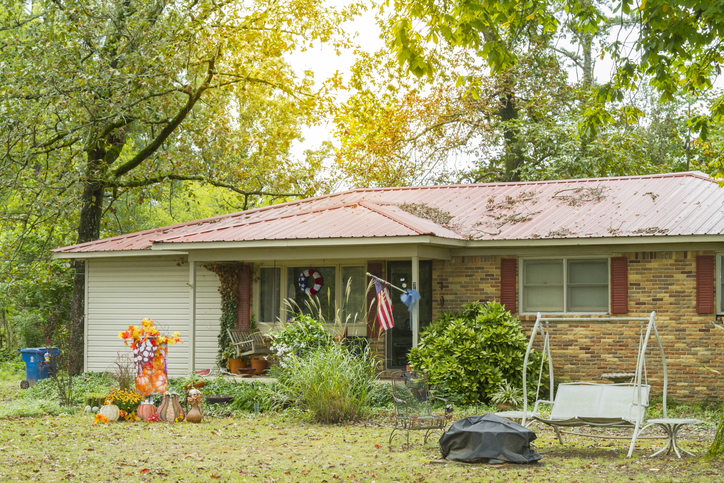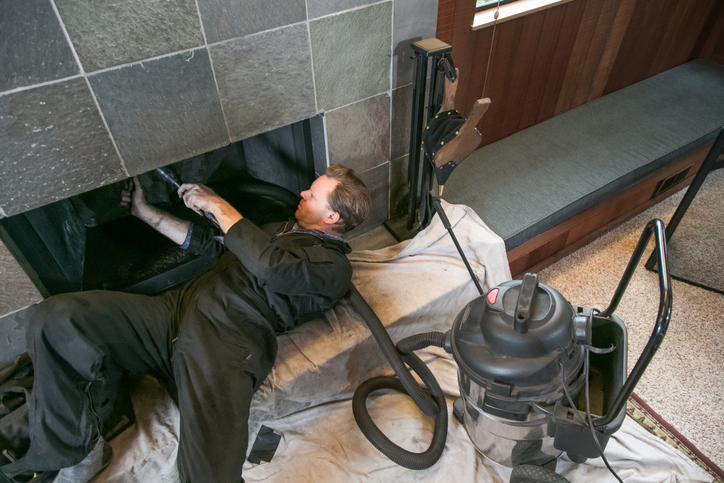Appraisal Bias Addressed at State Conference

There have been a number of allegations of appraisal bias in the national real estate market over the past several years and the state Board of Certified Real Estate Appraisers is taking steps to help change that. Ray Michalowski, senior prosecutor in charge at the Pennsylvania Department of State, presented some key issues with appraiser/appraisal bias during the Pennsylvania Human Relations Commission’s annual Housing Equality Conference last month in Philadelphia.
“Discriminatory bias in the real estate field against protected classes of people in a fair housing context is not new, but there is currently an intense and ongoing regulatory and industry focus on identifying and remediating sources of appraisal bias,” Michalowski said. “USPAP has always addressed and defined bias as unacceptable in performing an appraisal, whether fair housing or a conflict of interest.”
Michalowski noted that “appraiser bias is one aspect of appraisal bias” and that the sources of appraiser bias are often interlinked.
Types of Appraisal/Appraiser Bias
He said that appraisal/appraiser bias has three types:
- Historic – redlining is one example of historic and systems real estate bias.
- Systemic – current appraisal standards can compound the socioeconomic effects of historic discrimination.
- Appraiser bias – implicit versus overt bias.
Michalowski said many past appraisal bias-related complaints received by the State Board of Certified Real Estate Appraisers note that the homeowner felt that the person performing the appraisal had a negative attitude towards the homeowner because of their race or other protected class characteristics.
“The homeowner wants to show the appraiser around the home, pointing out every improvement and upgrade they’ve made to the property,” Michalowski said. “What the homeowner doesn’t understand is that the appraiser isn’t there to sell the house. The appraiser is there to perform an appraisal, usually on behalf of the lender. Many appraisers are accustomed to doing an appraisal without anyone in the property and when a homeowner is talking up the home to them, the appraiser may appear disinterested or might simply try to avoid talking with the homeowner because they can’t be biased by the person who owns the home and is advocating for the highest possible value to be given to their house.”
“These interactions between the homeowner and the appraiser can cause the homeowner to interpret the appraiser’s actions and manner as being disinterested or dismissive and therefore biased, when the appraiser is focused on doing their job. This perception of overt appraiser bias may lead to an appraisal bias complaint being filed when the appraised value comes back lower than the homeowner expected,” he added.
“When I discuss this issue with groups of appraiser professionals I encourage them to proactively explain their role in the lending process and to assure the homeowner that they will ask them questions about the property when they need more information,” he said, “And I also emphasize that appraisers need to be conscious of their demeanor when interacting with homeowners to avoid creating an unpleasant or awkward interaction that leaves an unintended, but damagingly negative perception in its wake.”
Redlining and Institutional Discrimination
It’s important to recognize that redlining and institutionalized discrimination have played a very significant role in causing and perpetuating lower property values across many neighborhoods where persons in protected classes are disproportionately affected.
“Areas that were redlined were classified as high-risk places to lend and those who lived in those areas had difficulty obtaining loans from banking institutions. Oftentimes, predatory lenders would come into those areas as well, charging far higher interest rates than one would pay in an area unaffected by redlining” he said. “Redlining and credit bias in those areas decreased both the accumulation of generational wealth within families and the ability of homeowners to improve and update their properties.”
The challenge is this historic link to redlining is its basis in location and specifically neighborhoods and appraisers being required to look at comps in the same neighborhood due to appraisal industry and lender rules and guidelines that appraisers must conform to. “Appraisers can’t go far across town to look for comparable sales where the prices may be much higher when there are sufficient numbers of geographically closer comparable sales to utilize. If this occurs in an area that formerly suffered from redlining and credit bias and which has not seen recent capital improvements to infrastructure and other amenities that support higher valuations, the required use of proximate comparable sales can carry forward the depressed home values caused by redlining in the past, converting a historic undervaluation bias into a systemic one.”
Implicit Bias
With regards to appraiser bias in valuations, Michalowski noted, “Implicit bias is a major concern, one in which an appraiser, like any other person, may feel an unconscious prejudice or negative perception of a particular social group or trait, and this type of bias can occur anywhere to persons of a protected class, and can affect the evaluation of a homes condition or quality and the choice of comparable properties based in part on factors that are based on the characteristics of a homeowner, rather than of the home itself,” Michalowski said. “Implicit appraiser bias is likely more prevalent and subtle than overt appraiser bias and I strongly recommend that appraisers take advantage of courses that are available to address this issue to help them identify any unconscious biases they may possess and to eliminate their effect, if any, on their work.”
In spotting possible cases of appraiser bias, Michalowski said indications of possible appraiser bias might appear in the appraiser’s description of the subject property and/or neighborhood by including racial or ethnic demographic information in the neighborhood description or the use of terms or phrases that are considered red flags from a fair housing standpoint. Another area to evaluate is whether comparable properties are being selectively concentrated in areas with similar racial or ethnic population demographics that relate to characteristics of the homeowner.
Those who want to file an appraisal complaint can do so online with the Department of State and they can file a complaint online with the PHRC.
Efforts to Combat Bias
The state and federal governments are making efforts to combat appraisal bias by:
- Mandating specific professional continuing education for practicing appraisers on the subject of appraisal bias and fair housing.
- Mandating increased education on appraisal bias and fair housing issues in appraiser pre-certification education.
- Coordinating enforcement efforts between the Appraiser Board and the PHRC.
- Interagency Task Force on Property Appraisal and Valuation Equity.
In addition, a new approach to appraiser training is being proposed because the number of appraisers is shrinking and opportunities for experiential training are becoming very limited. The Appraisal Foundation will offer Practical Applications of Real Estate Appraisal, or PAREA, as an alternative experimental option that uses online and virtual experiences that can expand the pool of potential appraiser candidates and offer directed experiential education in dealing with fair housing issues.
The Interagency Task Force on Property Appraisal and Valuation Equity, also known as PAVE, has created an action plan that outlines the historical role of racism in the valuation of residential property, examines the various forms of bias that can appear in residential property valuation practices and describes how government and industry stakeholders will advance equity through concrete actions and recommendations. The information shows that new research from Freddie Mac (2021) using census data finds that 12.5% of appraisals for home purchases in majority-Black neighborhoods and 15.4% in majority-Latino neighborhoods result in a value below the contract price (the amount a buyer is willing to pay for the property), compared to only 7.4% of appraisals in predominately white neighborhoods. This research corroborates prior observations that a neighborhood’s average appraised property value tends to decrease as the share of historically marginalized populations increases.
Topics
Share this post
Member Discussion
Recent Articles
-
Seller Disclosures Unmasked: The Spooky Truth Behind What You Need to Share
- October 25, 2024
- 4 min. read
Seller’s Disclosure Law is all about making sure no one gets tricked by unexpected “treats” in their new home. However, there are several instances where a seller does not have to disclose certain information.
-
Nearly 70% of Homeowners Feel Secondhand Embarrassed by Neighboring Yards
- October 24, 2024
- 2 min. read
A large majority of homeowners expressed negative feelings toward their neighbors’ home upkeep and yard maintenance habits.
-
Winter Maintenance: Chimney and Heating Tips
- October 23, 2024
- 3 min. read
Experts share their insights and advice for the maintenance of chimneys and HVAC systems.
Daily Emails
You’ll be the first to know about real estate trends and various legal happenings. Stay up-to-date by subscribing to JustListed.



